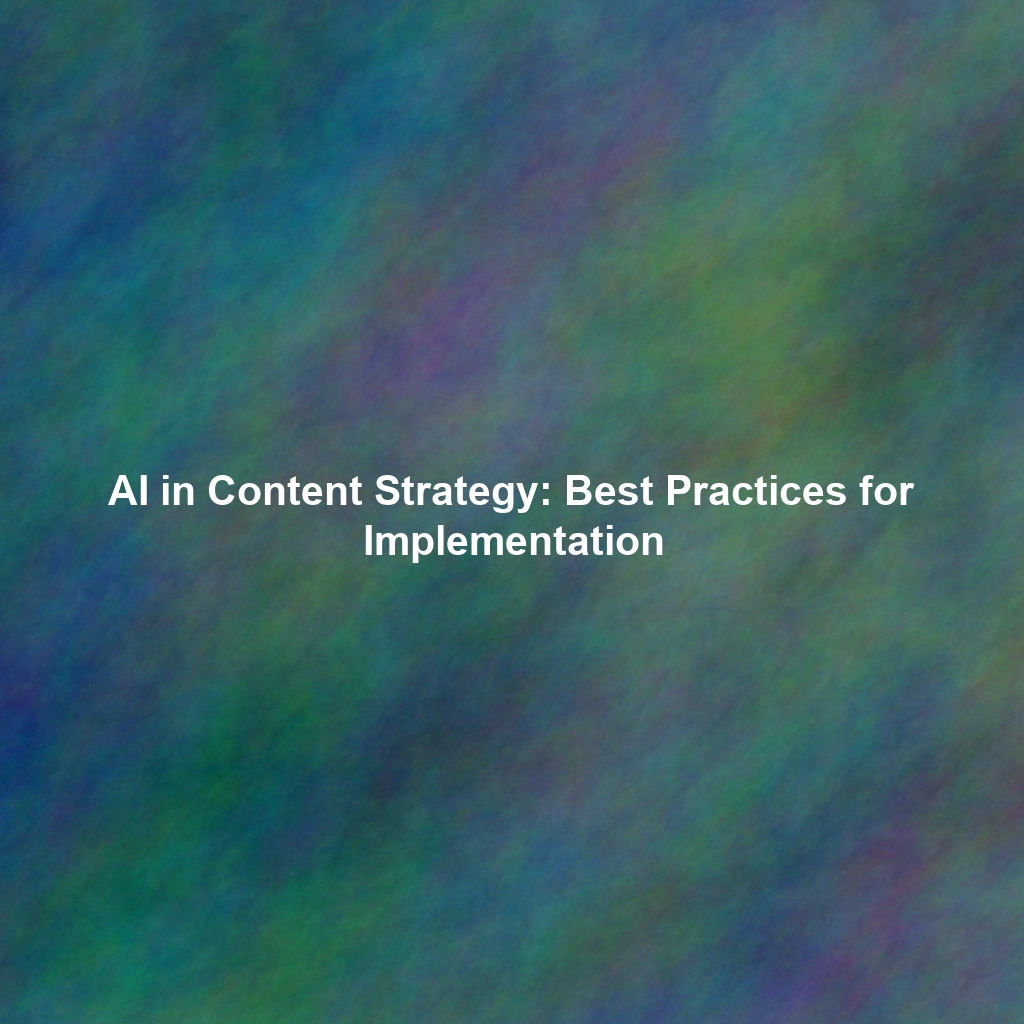Common Marketo Challenges and How to Overcome Them
Email Deliverability Problems
Email deliverability is paramount to successful marketing. If your emails aren’t reaching the intended recipients, your campaigns are essentially dead in the water. Several factors can contribute to deliverability issues:
Solutions for Deliverability Issues
- Check your Sender Score: Use tools like Sender Score or Return Path to assess your sending reputation. A low score indicates potential problems.
- Authenticate your Domain: Implement SPF (Sender Policy Framework), DKIM (DomainKeys Identified Mail), and DMARC (Domain-based Message Authentication, Reporting & Conformance) records to verify your email’s authenticity and prevent spoofing. This tells email providers that Marketo has permission to send emails on your behalf. Consult your IT department or DNS provider for assistance with setting these up correctly.
- Monitor Bounce Rates: High bounce rates signal issues with your email list. Segment your list and remove hard bounces (permanent failures) promptly. Soft bounces (temporary failures) should also be monitored.
- Optimize Email Content: Avoid spam trigger words, excessive use of images, and broken links in your emails. Test your emails with spam filters before sending. Ensure your email is mobile-friendly.
- Warm Up Your IP Address: If you’re using a dedicated IP address, gradually increase your sending volume over time to establish a positive reputation.
- Maintain a Clean Email List: Regularly clean your email list by removing inactive subscribers and those who haven’t engaged in a while. Implement a double opt-in process to ensure subscribers genuinely want to receive your emails.
Data Synchronization Errors with Salesforce (or other CRMs)
Seamless data synchronization between Marketo and your CRM (e.g., Salesforce) is crucial for accurate reporting and personalized marketing. Synchronization errors can lead to data discrepancies and inaccurate lead scoring.
Troubleshooting Data Sync Issues
- Check your User Credentials: Ensure the Marketo sync user in your CRM has the necessary permissions to access and modify data. Expired passwords or insufficient permissions are common culprits.
- Review Field Mappings: Verify that the field mappings between Marketo and your CRM are accurate and up-to-date. Incorrect mappings can result in data being written to the wrong fields or not being synchronized at all.
- Investigate Sync Errors in the Marketo Activity Log: The Activity Log often provides detailed information about sync errors. Analyze the error messages to identify the root cause and take corrective action. Look for errors related to field length, required fields, or invalid data.
- Monitor Sync Queue: If you see a backlog of records in the sync queue, it may indicate a performance issue. Investigate potential bottlenecks, such as long-running Salesforce workflows or excessive API calls.
- Consult Marketo Documentation and Community Forums: Marketo’s official documentation and community forums are valuable resources for troubleshooting sync errors. Search for specific error messages or issues you’re encountering.
- Consider CRM Governor Limits: Salesforce, for instance, has governor limits that restrict the number of API calls. If you’re exceeding these limits, synchronization may be throttled.
Reporting Inaccuracies
Accurate reporting is essential for measuring the effectiveness of your marketing campaigns and making data-driven decisions. Inaccurate reports can lead to misguided strategies and wasted resources.
Addressing Reporting Problems
- Verify Data Filters: Double-check the filters applied to your reports to ensure they are selecting the correct data. Incorrect filters can skew results and lead to inaccurate conclusions.
- Review Program and Campaign Setup: Ensure your programs and campaigns are properly configured to track the desired metrics. Make sure success criteria are properly defined.
- Check Attribution Models: Understand the attribution models used in your reports and ensure they align with your marketing goals. Different attribution models can produce different results.
- Investigate Data Quality: Inaccurate or incomplete data can significantly impact report accuracy. Implement data quality initiatives to cleanse and enrich your data.
- Compare Marketo Data with CRM Data: Compare data in Marketo with corresponding data in your CRM to identify discrepancies. Investigate any discrepancies to determine the cause.
- Utilize Marketo’s Revenue Cycle Analytics (RCA): RCA provides insights into the entire customer journey, from initial contact to revenue. Ensure RCA is properly configured and that your programs are correctly mapped to the revenue cycle.
Form Submission Issues
Forms are crucial for capturing leads, but submission errors can frustrate potential customers and lead to lost opportunities.
Solutions for Form Submission Problems
- Check Required Fields: Ensure that all required fields are clearly marked and functioning correctly.
- Review Validation Rules: Verify that the validation rules on your form are not overly strict or causing errors.
- Test on Multiple Browsers and Devices: Test your forms on different browsers (Chrome, Firefox, Safari, Edge) and devices (desktop, mobile, tablet) to ensure they function correctly across all platforms.
- Examine the Marketo Activity Log: Look for error messages related to form submissions in the Marketo Activity Log.
- Consider JavaScript Conflicts: JavaScript conflicts on your website can sometimes interfere with form submissions.
- Check for CAPTCHA Issues: If you’re using CAPTCHA, make sure it’s functioning correctly and not preventing legitimate users from submitting the form.
Best Practices for Maintaining a Healthy Marketo Instance
- Regularly Audit your Instance: Conduct periodic audits of your Marketo instance to identify potential issues and areas for improvement.
- Implement a Data Governance Policy: Establish a data governance policy to ensure data quality and consistency.
- Train your Team: Provide adequate training to your marketing team on Marketo best practices and troubleshooting techniques.
- Stay Up-to-Date: Keep your Marketo instance updated with the latest releases and patches.
- Leverage Marketo Support and Community: Don’t hesitate to contact Marketo support or engage with the Marketo community for assistance.
Conclusion
Troubleshooting Marketo issues can be challenging, but by understanding the common problems and implementing the solutions outlined in this guide, you can keep your Marketo instance running smoothly. Proactive monitoring, regular maintenance, and a commitment to best practices are essential for maximizing the value of your Marketo investment and achieving your marketing goals. Remember to leverage the wealth of resources available through Marketo support, documentation, and community forums. With a little effort and attention to detail, you can overcome obstacles and unlock the full potential of your marketing automation platform.
 Skip to content
Skip to content
